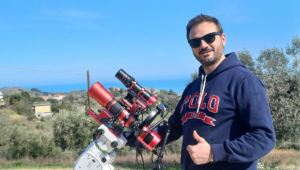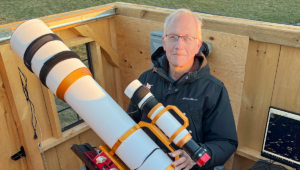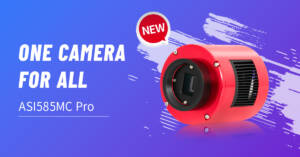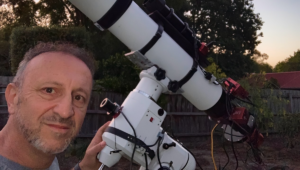
Astrophotographer’s Story: Simone Curzi
Hello Simone, thanks for accepting our interview invitation. Congratulations on winning the ASIWEEK competition in week #19/2024! Q1: At first, congratulation that your nice image won #ASIWEEK. Can you introduce







6 Comments
Frank White
I want to use a asiair on my MeadeLx 85 mount, is this possible?
Thanks Frank
Katherine Tsai
Yes, it is supported.
Jim Anderson
Very nice review. Any chances a monochrome version will be made available?
ZWO.Moson
Thank you. We currently don’t have this plan, you can keep an eye on our website.
johnlagerling
I just ordered one from your site. Do you have a rough sense for when inventory will be available again? Thank you.
sara.liu
May I have your order number?